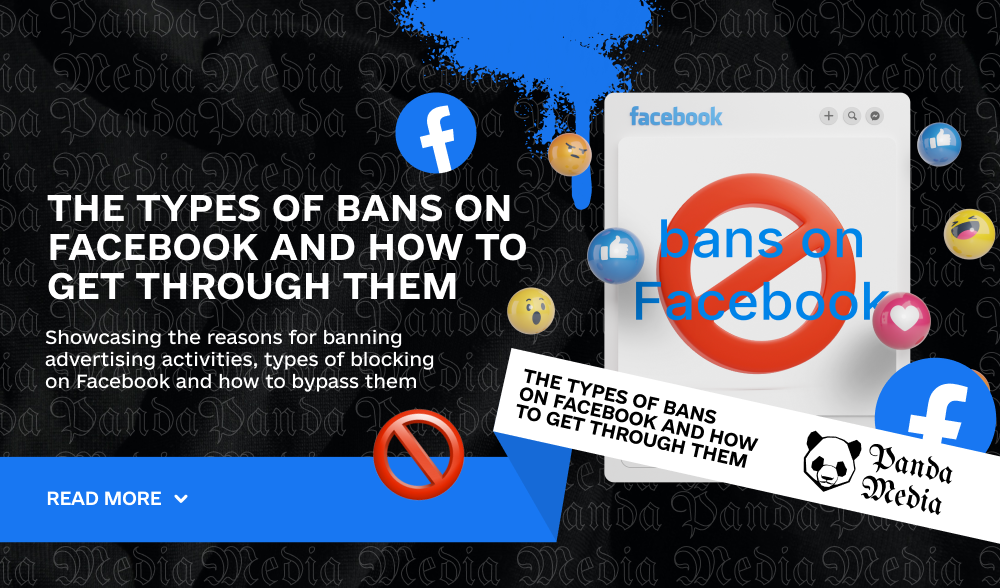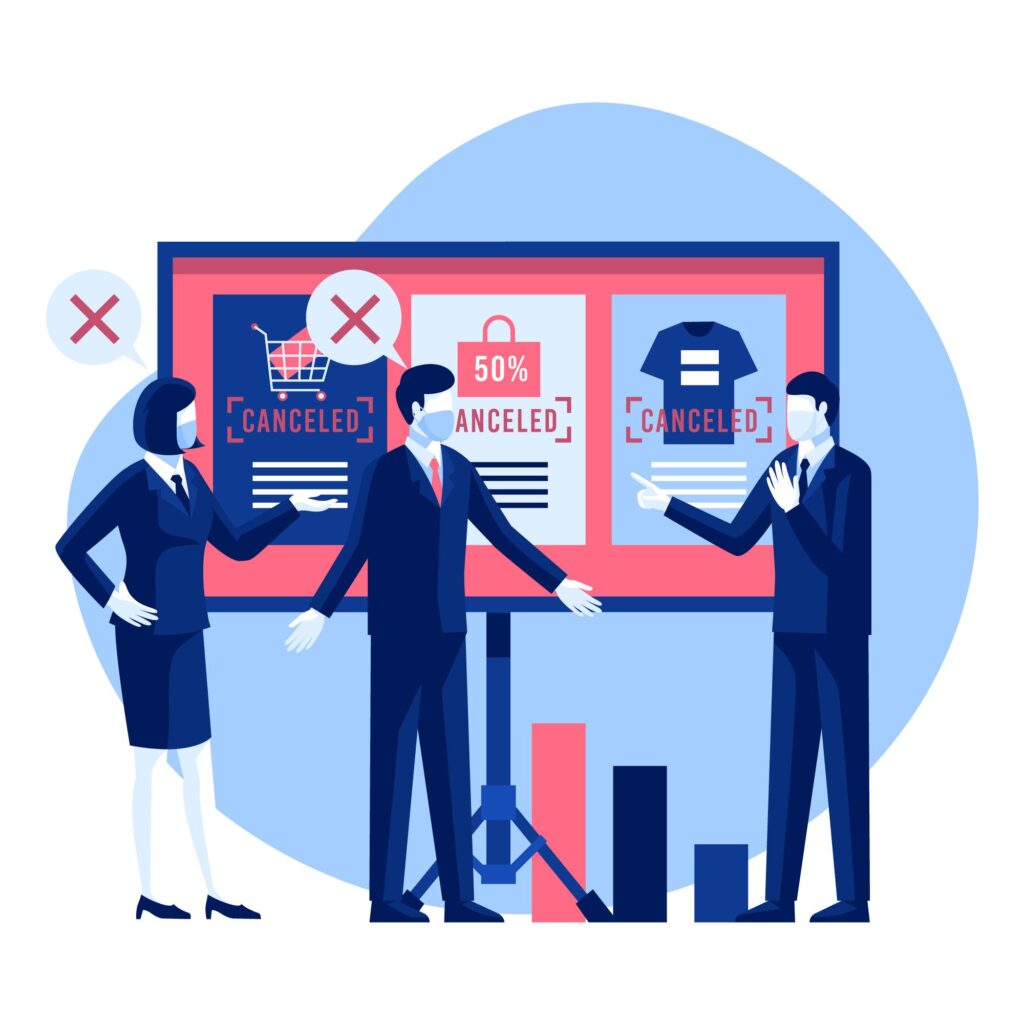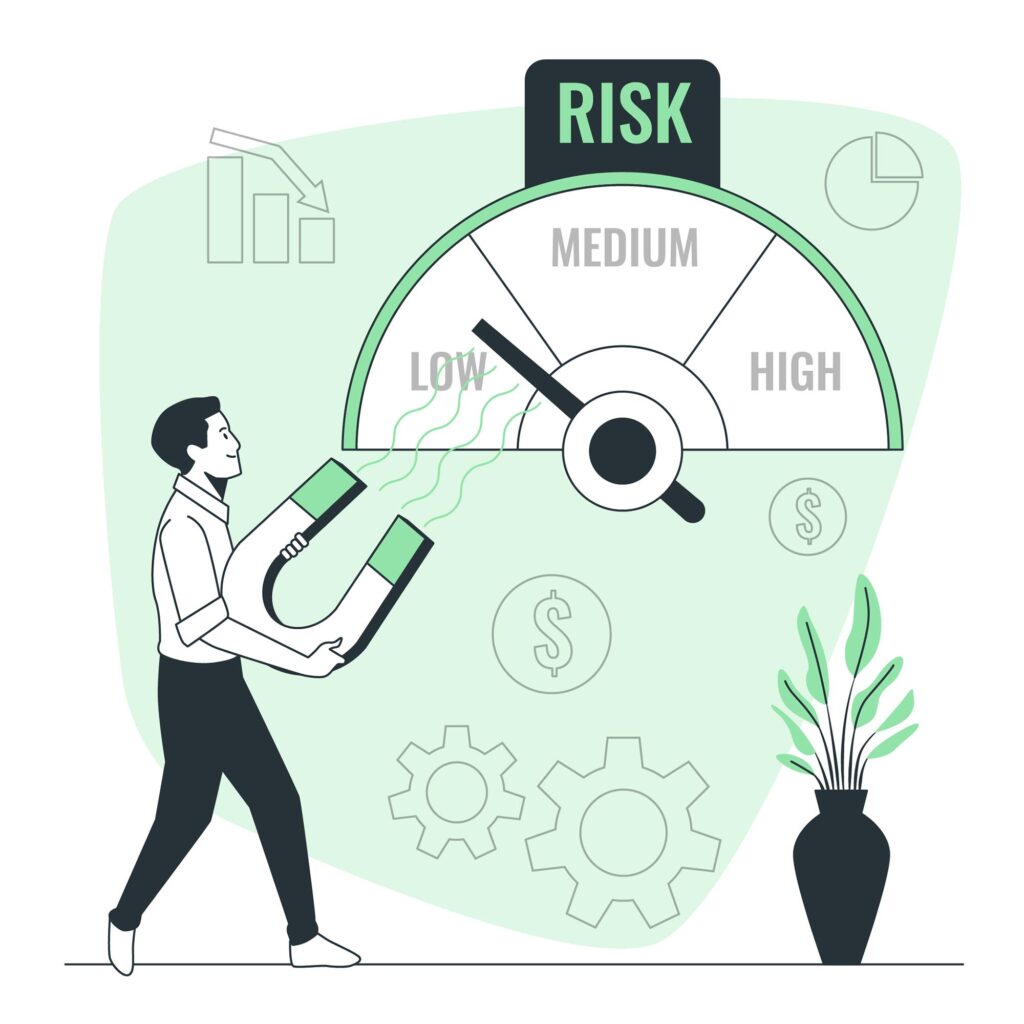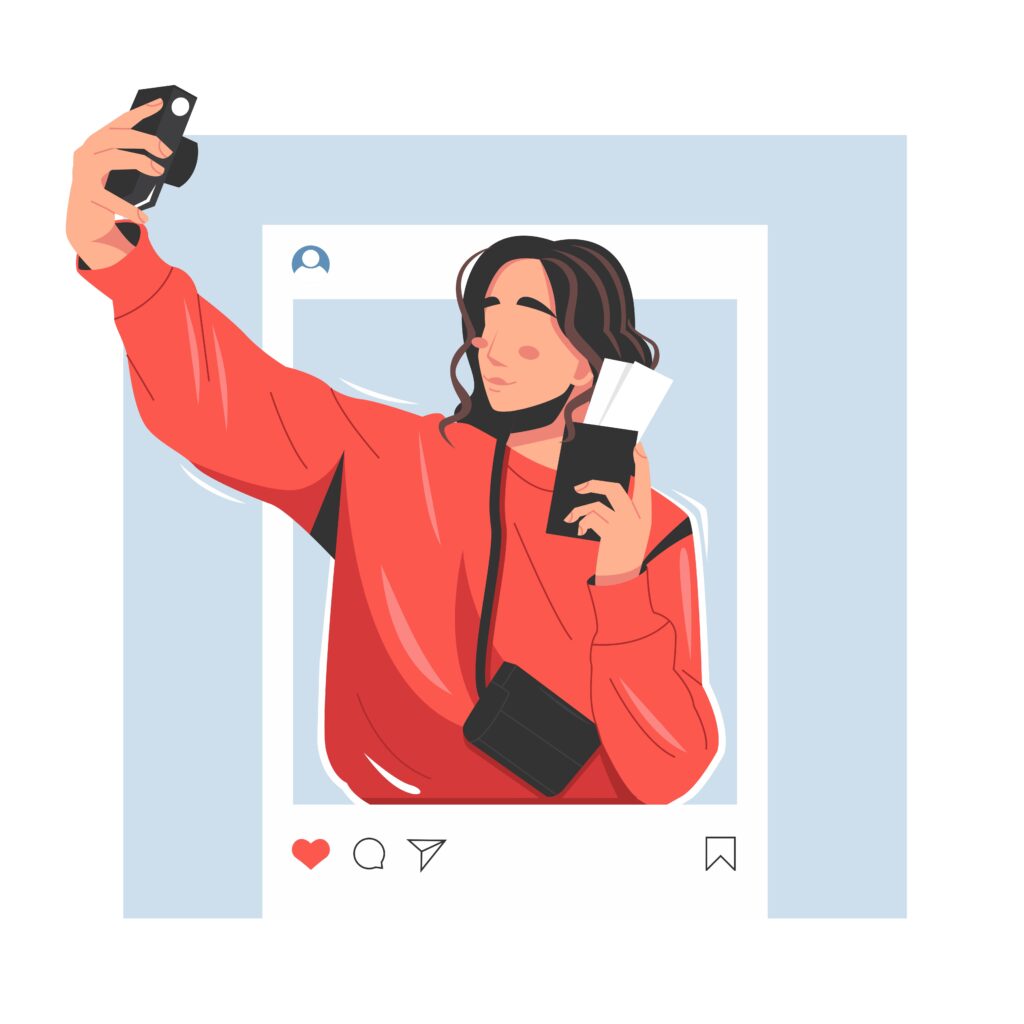Don't miss interesting news

We’ll look at the most common reasons for blocking in FB, including zrd, policy, risk payment, selfies, and tell you what steps you need to take to successfully pass moderation and unblock your ad account.
When launching advertising campaigns on Facebook, many advertisers face the problem of their accounts being blocked for various reasons. A legitimate question arises: is it worth trying to restore the account or is it easier and faster to start with a new one?
The solution to this question depends on the type of accounts you are working with. For autoregs or self-regs no great effort is required, but if it comes to farmed, rented or logged accounts, then recovery makes sense. Such accounts have a better chance of successful verification and will have a high level of trust in the future.
Arbitrageurs often face these types of blocking:
Let’s look at each case separately.

This type of blocking usually occurs immediately after an ad campaign has been launched and affects almost all accounts.
Creating new ad campaigns and making changes to already active ones is blocked. This blocking usually occurs the first time you try to place an ad, when Facebook detects suspicious activity and requires identity verification.
In some cases, intense activity after a long period of inactivity or complaints from other users can also be the cause of RDA.
Restoration of most accounts is possible, with success rates of over 60%. In order to pass Facebook’s RDA verification, it is usually necessary to confirm the identity of the page owner by attaching photos of official documents such as a passport or driver’s license.
You can use the services of a creative preparer or use data generators to obtain the necessary documents.
There are a few key aspects to keep in mind while submitting documents for verification:
The term of consideration of the application by moderation is up to 4 days. If there is no result within this period, you should resubmit the request, attaching an image of another document.
Accounts that have experienced a TZRD and successfully overcome it gain increased trust from Facebook. This explains why many webmasters purposely provoke such a block for new profiles in an effort to then successfully overcome it. This approach reduces the risk of subsequent blocking and increases account reliability.

Blocking an advertising account on Facebook for serious violations is called a policy.
To successfully overcome a policy lockout, the methods will vary depending on the type of lockout.
If an ad account is blocked, you must:
For a situation with blocking of an advertising campaign:

Risk Payment, or blocking of payment transactions, can happen for many reasons. Such blocking is possible not only during the process of advertising, but also at the moment of adding a payment card to an account. Let’s explore the main reasons why Risk Payment blocking can happen.
Key factors contributing to Risk Payment blocking include:
To resolve the situation with Risk Payment blocking, the arbitrator needs to find out the reason for the problem.
In case of blocking at the moment of advertising launch, the reason is often the use of unreliable consumables.
If blocking occurs immediately after the start of the advertising campaign, it may indicate a low level of trust in the account.
To bypass the Risk Payment blocking, you should follow a few steps:

In the case of a lockdown known as a “Selfie” lockdown, Facebook requires a snapshot of the owner’s face taken with the front-facing camera to be uploaded to the account.
Arbitrators point to the following main reasons for blocking:
To successfully pass the verification, many arbitrageurs save images of themselves immediately after first logging into the account or use Google’s “Search by Image” to find individuals similar to the original photo. This is done by uploading the photo to the search engine where algorithms will suggest similar images. Alternatively, neural network services can be used to generate random photos.
It is also necessary to adapt the image metadata so that it reflects that the photo was taken using a front-facing camera.
To bypass the selfies check, arbitrageurs apply the following steps:

Perpetual Facebook ban means full and final closure of access to your account, page or advertising account without the possibility of restoring it. This is the strictest measure applied for serious or repeated violations of the rules of the social network. After such a blocking, the user is deprived of the ability to use the blocked services and functions, as well as to create new accounts.
This account blocking is not as common as other types. The main factor causing this type of blocking is the placement of ads for products that violate Facebook’s rules. Arbitrageurs, trying to avoid this problem, resort to the use of cloaking methods.
Often the reason for this blocking is the insufficient uniqueness of the ad creative. If the creative, taken directly from the Spy-service, is not modified, the probability of its blocking reaches up to 90%. Facebook applies a ban to accounts for repeated use of identical elements. Therefore, the way to solve this problem is to create unique ad creatives.
This type of blocking happens quite often. The social network motivates such actions with the reason that the posted ads can mislead other users.
The main grounds for blocking Unacceptable Business Models
In most cases, the key factor is the content of the ad creative. Perhaps it has an overly exaggerated product description or contains provocative elements.
In addition, the lack of information on the White Page may be the reason for blocking. It is important that the data on the page is designed in accordance with Facebook norms.
Blocking of Facebook accounts is a common phenomenon for arbitrageurs. The most common reasons for blocking are zrd, polisi, selfies, risk payment, although webmasters also often encounter other types of violations of the rules of the social network. In most cases it is possible to unblock an account, but it takes time and following a certain sequence of actions.